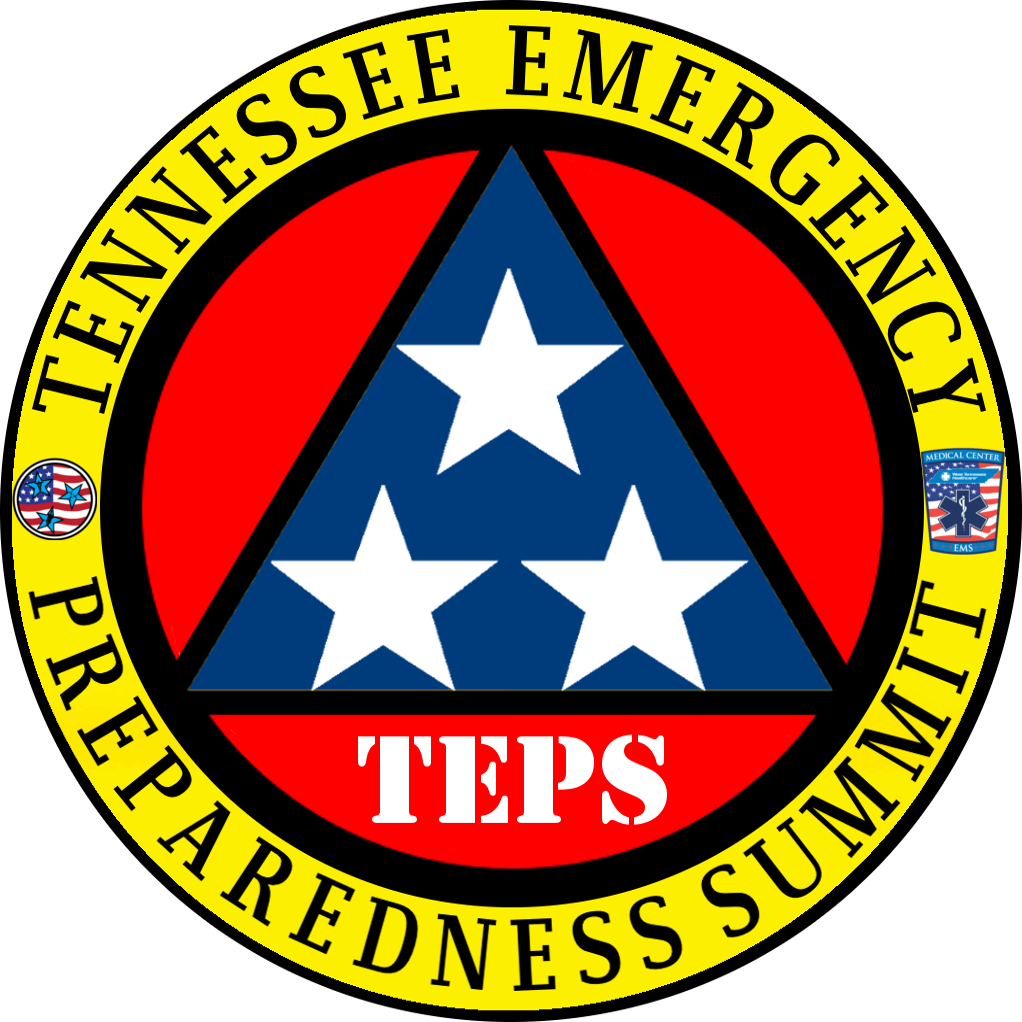Dr. Rendi Murphree
Centers For Disease and Prevention
This session will provide an overview of Ebola Virus transmission, review precautions recommended for management of hospitalized patients with known or suspected Ebola virus disease, and review guidelines for the use of personal protective equipment (PPE) when evaluating; 1) travelers returning from West Africa, 2) contacts of suspected or known Ebola patients, and 3) hospitalized patients under investigation or treatment for Ebola Virus Disease. Participants will have the opportunity to practice proper donning, doffing, and disposal of PPE.
Objective 1: Participants should learn routes of Ebola Virus transmission.
Answer: Ebola is spread through direct contact (through broken skin or mucous membranes in, for example, the eyes, nose, or mouth) with
· blood or body fluids (including but not limited to urine, saliva, sweat, feces, vomit, breast milk, and semen) of a person who is sick with Ebola
· objects (like needles and syringes) that have been contaminated with the virus
· infected animals
· Ebola is not spread through the air or by water, or in general, by food. However, in Africa, Ebola may be spread as a result of handling bushmeat (wild animals hunted for food) and contact with infected bats. There is no evidence that mosquitos or other insects can transmit Ebola virus. Only mammals (for example, humans, bats, monkeys, and apes) have shown the ability to become infected with and spread Ebola virus.
Objective 2: Participants should learn recommended precautions for management of hospitalized patients with known or suspected Ebola virus disease.
Answer: Standard, contact, and droplet precautions are recommended for management of hospitalized patients with known or suspected Ebola virus disease.
Objective 3: Participants should be comfortable with the proper use of personal protective equipment recommended for; 1) travelers returning from West Africa, 2) contacts of suspected or known Ebola patients, and 3) hospitalized patients under investigation or treatment for Ebola Virus Disease.
Dr. Murphree is a 16-year employee of the Centers for Disease and Prevention with assignments in Vectorborne Infectious Diseases, Global Migration and Quarantine, Epidemic Intelligence Service, and Career Epidemiology Field Officer Program. During the past five years assigned to the Tennessee Department of Health (TDH), she served in leadership roles during response to the importation of travelers infected with Ebola Virus, Middle Eastern Respiratory Virus and Chikungunya Virus, led state-wide activities to contact and track ~1,100 at-risk patients potentially exposed to contaminated methylprednisolone, coordinated Tennessee’s participation in a multi-state investigation of internal contamination with radioactive strontium following rubidium rb-82 generator cardiac PET scan, and led the study that documented zoonotic transmission of Mycobacterium tuberculosis from captive elephants to humans. Dr. Murphree recently returned from a 30-day deployment to Monrovia, Liberia where she served as the CDC advisor to the Monrovia/Montserrado County Health Team during the Ebola Virus Outbreak.
